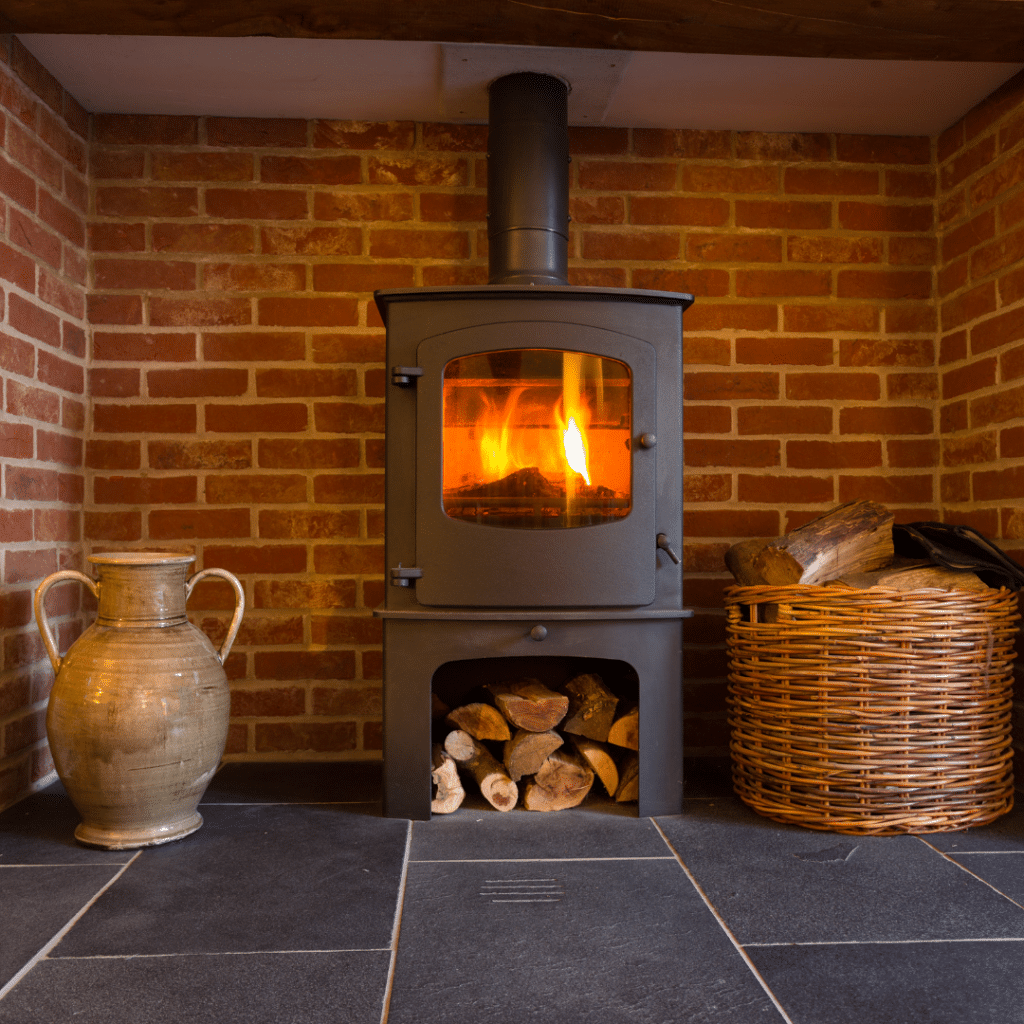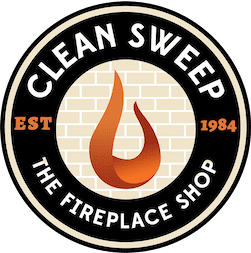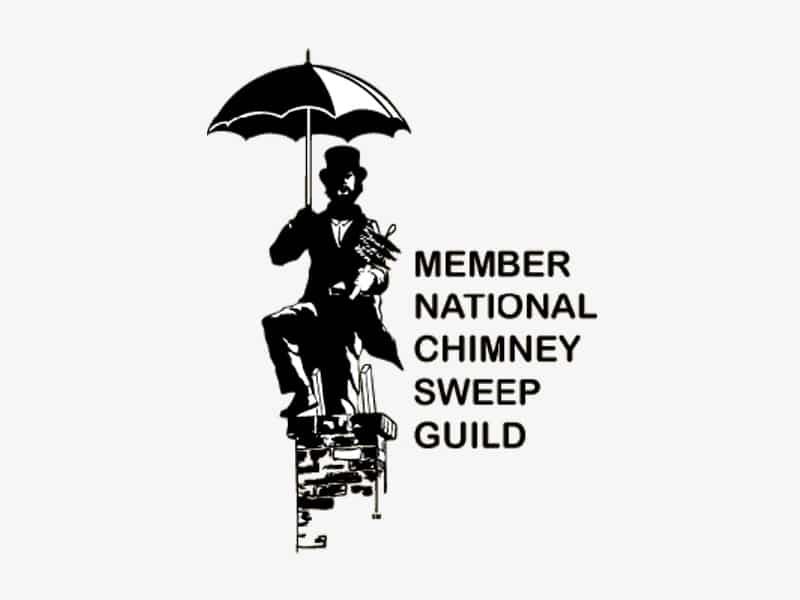
When the days grow shorter and the chill of winter creeps in, there’s no cozier place to be than in front of a warm, crackling fire. For centuries, fireplaces have been a source of comfort and sustenance for both body and soul. But behind the scenes, there’s a group of professionals ensuring that this age-old tradition remains safe and sound. Enter the National Chimney Sweep Guild (NCSG) – an organization dedicated to preserving the timeless art of chimney sweeping while safeguarding homes and hearths across the nation.
A Brief History of Chimney Sweeping
Chimney sweeping has a long and storied history, dating back to the medieval era. In those days, buildings and homes relied on wood-burning stoves and open fireplaces for heating and cooking. While these fireplaces provided warmth, they also produced soot and creosote, highly flammable byproducts that posed a significant risk. To mitigate this danger, the services of chimney sweeps were essential.
Chimney sweeps, often young boys in the early days, would climb into the tight, soot-covered spaces of chimneys to brush away the harmful buildup. This physically demanding job was fraught with dangers, but it was vital for ensuring the safety of the households they served. Over time, the profession evolved and modernized, leading to the establishment of the National Chimney Sweep Guild.
Founding and Mission of the NCSG
The National Chimney Sweep Guild was founded in 1977 by a group of dedicated chimney sweeps who aimed to advance the industry and ensure that homes with chimneys could rely on safe and efficient fireplace systems. The NCSG is headquartered in Plainfield, Indiana, and has grown significantly since its inception, becoming an essential resource for both chimney professionals and homeowners.
The primary mission of the NCSG is to promote the success of chimney sweeps by providing them with the resources, education, and networking opportunities they need to excel in their trade. This includes offering a range of certification programs, training seminars, and conventions, all designed to keep chimney professionals up-to-date on the latest industry standards, technologies, and safety protocols.
Certification Programs and Standards
One of the key ways the NCSG supports its members is through certification programs that set rigorous standards for chimney sweeps. The Certified Chimney Sweep® (CCS) and Certified Dryer Exhaust Technician® (CDET) certifications are two prominent examples. These certifications not only validate the expertise of chimney sweeps but also reassure homeowners that they are hiring a qualified professional to maintain and repair their fireplace systems.
Chimney sweeps who earn these certifications are well-versed in the latest safety procedures and possess the knowledge to recognize and address potential hazards, such as creosote buildup, obstructions, and structural issues in chimney flues. This expertise is crucial in ensuring that fireplaces and heating appliances operate efficiently and safely.
Safety First: Protecting Homes and Lives
The NCSG places a strong emphasis on safety in the chimney sweeping profession. Through education, training, and resources, the organization works to minimize the risk of chimney fires, carbon monoxide poisoning, and other hazards related to fireplace and heating appliance operation.
Each year, countless lives and properties are saved thanks to the knowledge and expertise of certified chimney sweeps. By identifying and addressing potential issues in chimneys and flues, these professionals prevent accidents and provide homeowners with the peace of mind that comes from knowing their fireplaces are safe to use.
Public Awareness and Advocacy
In addition to its work within the chimney sweeping community, the NCSG also raises public awareness about the importance of chimney and fireplace maintenance. Educating homeowners about the need for regular inspections and cleanings is a vital part of their mission, as it helps prevent dangerous situations that can occur when chimneys are neglected.
Moreover, the NCSG engages in advocacy efforts to influence regulations and codes that affect the chimney and hearth industry. By actively participating in code development organizations and maintaining a presence in legislative and regulatory discussions, the NCSG ensures that the interests of chimney sweeps and safety-conscious homeowners are well-represented.
Community and Networking
The NCSG serves as a hub for chimney professionals to connect, share knowledge, and collaborate. Through regional and national events, chimney sweeps have the opportunity to network with their peers, exchange best practices, and stay informed about industry trends.
One of the most prominent networking events hosted by the NCSG is the National Chimney Sweep Guild Convention. This annual gathering brings together chimney sweeps from across the country, offering workshops, seminars, and an industry trade show where professionals can learn about the latest tools and technologies.
The Future of Chimney Sweeping
As technology and building practices evolve, so too does the chimney sweeping industry. The NCSG plays a pivotal role in shaping the future of chimney sweeping by staying at the forefront of these changes. With emerging technologies such as advanced inspection tools and improved heating appliances, the NCSG ensures that chimney sweeps are equipped to meet the demands of modern homeowners.
Moreover, as concerns about environmental sustainability continue to grow, the NCSG addresses these issues by promoting energy-efficient heating solutions and encouraging responsible wood-burning practices. They are actively involved in finding the right balance between tradition and environmental responsibility.
Conclusion
The National Chimney Sweep Guild is more than an organization; it’s a guardian of cherished traditions, a promoter of safety, and a valuable resource for both chimney professionals and homeowners. With a commitment to excellence, education, and public awareness, the NCSG ensures that the warm glow of a fireplace remains a symbol of comfort and security, rather than a potential hazard.


